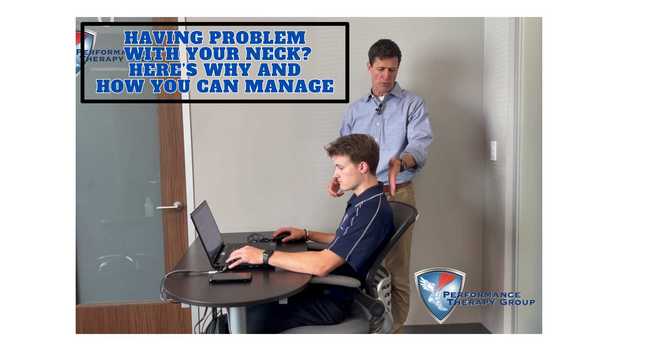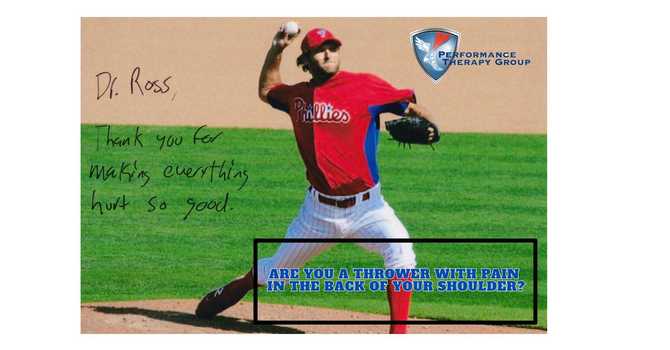-
Hip Flexor Strain: Athletes, especially runners, may strain the muscles that flex the hip joint, such as the iliopsoas. This can result in pain and reduced range of motion.
-
Hip Labral Tear: The hip labrum is a ring of cartilage that surrounds the hip socket. Athletes involved in sports that require repetitive hip motion, like soccer and hockey, can experience labral tears, leading to pain and instability.
-
Hip Impingement (Femoroacetabular Impingement or FAI): FAI occurs when there is abnormal contact between the hip ball (femoral head) and socket (acetabulum). This can lead to pain, restricted movement, and can be exacerbated by athletic activities.
-
Hip Bursitis: Bursae are fluid-filled sacs that reduce friction between tendons, muscles, and bones. Athletes may develop inflammation or irritation of the hip bursae, causing hip pain and limited mobility.
-
Osteoarthritis: Athletes who engage in high-impact sports over many years are at risk of developing hip osteoarthritis, which can lead to pain, stiffness, and reduced athletic performance.
-
Stress Fractures: Repetitive loading of the hip joint can lead to stress fractures in the femoral neck or other hip bones. This is common in athletes like long-distance runners and dancers.
-
Hip Dislocation: Traumatic incidents or high-impact sports can result in hip dislocation, which can damage the hip joint and surrounding structures.
-
Snapping Hip Syndrome: Athletes may experience a snapping or popping sensation in the hip due to tendons moving over bone or other structures. This can be painful and may affect performance.
-
Piriformis Syndrome: The piriformis muscle in the buttocks can become tight and compress the sciatic nerve, causing pain, tingling, or numbness in the hip and leg. It is common among athletes, especially in sports that involve running and cycling.
-
Hip Fractures: High-impact sports or traumatic accidents can lead to hip fractures, which often require surgical intervention.
-
Avulsion Injuries: Tendons and ligaments can sometimes pull away a piece of bone from their attachment points, especially in young athletes during growth spurts.
It's essential for athletes to take proper care of their hips, including adequate warm-up, cool-down, and stretching routines, as well as addressing any underlying biomechanical issues to reduce the risk of hip problems. If an athlete experiences hip pain or discomfort, it's advisable to consult a sports medicine specialist or orthopedic surgeon for a proper diagnosis and treatment plan. If you are experiencing any of these give us a call or schedule an appointment, we'd like to help.






